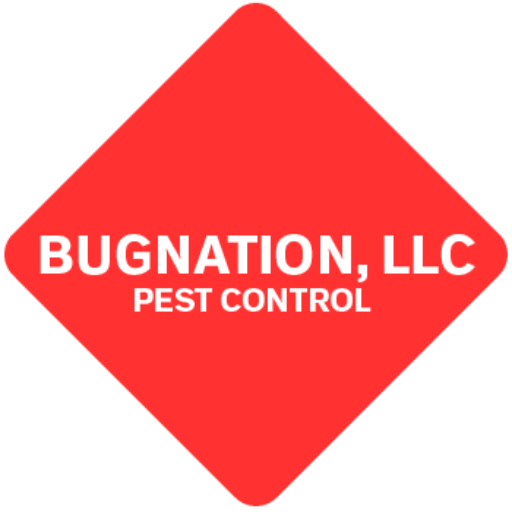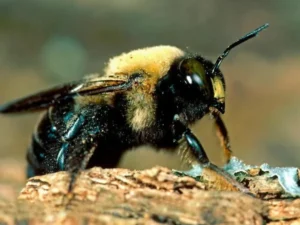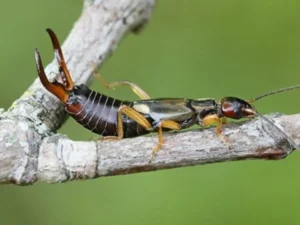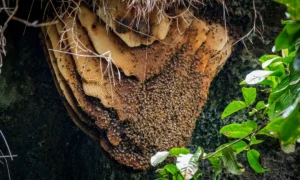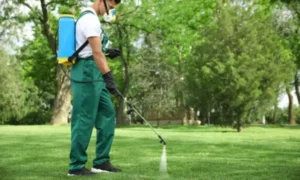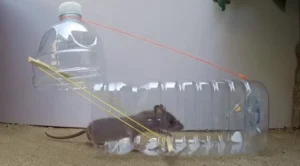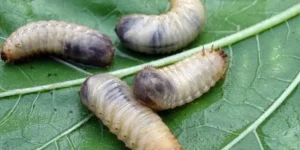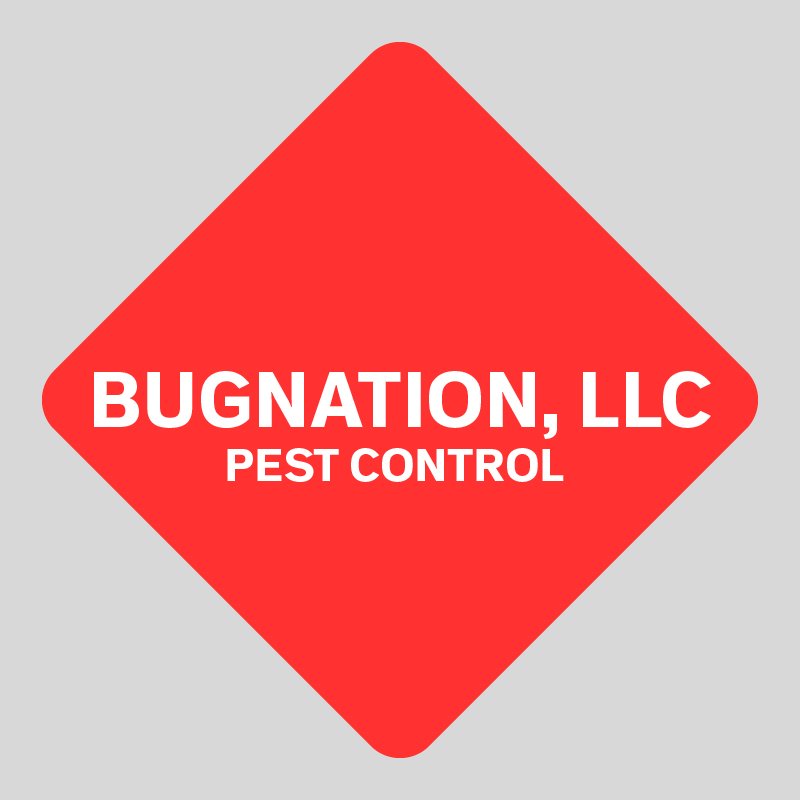Earwigs, also known as pincher bugs, are small pests that can cause big problems for your yard. Whether they’re invading your garden or sneaking into your home, it’s important to act quickly before they cause significant damage. In this article, we’ll show you how to kill earwigs in your grass, as well as how to identify them and prevent future infestations to keep your yard healthy and pest-free.
Steps to Get Rid Of Earwigs in Your Lawn
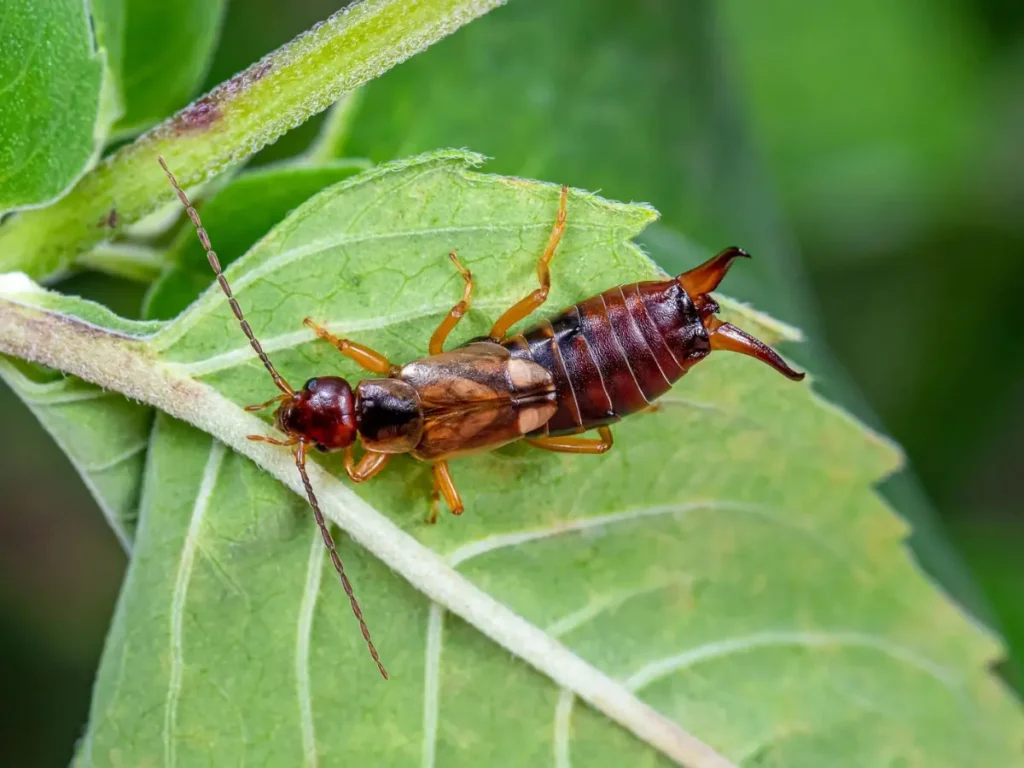
Earwigs are brown with elongated bodies and have sharp pincers at the ends of their abdomens. They emerge at night. They aren’t normally aggressive toward humans, though their claws can appear threatening. They are predominantly scavengers, feeding on decomposing material, but they will occasionally damage leaves and deadhead flowers or even grass. Moreover, earwigs in your yard can chew on plants and leave your yard looking unhealthy. Here’s how you can manage the situation:
1. Identifying Earwigs in Your Lawn
Here are the first steps you need to follow to kill earwigs in the lawn. They like to inhabit cool, moist places, so be sure to check around:
- Under mulch: Earwigs adore the cooling, moist cover that mulch provides.
- Around garden beds: Look at the edges of your garden beds; they are often hidden in the soil or among plants.
- In tall grass or weeds: it may be hiding in the overgrown portions of your lawn.
Check plants for damage from earwigs. Due to their feeding habits, they may cause ragged or chewed leaves on plants, flowers, and vegetables. Earwig is also known as “Pincer Bug’’ but do earwigs bite?
2. Natural Remedies for Earwigs in the Lawn
Though there are some environmentally friendly options if you’d like to avoid chemicals. There are a variety of natural options you can employ to get rid of earwigs in your yard:
Diatomaceous Earth: This is a great killer remedy for Earwigs. Diatomaceous earth is made up of the fossilized remains of algae, and when earwigs eat the dust, they die by dehydration. Spray a barrier around your garden and lawn edges. For the best results, ensure that the area is dry.
Homemade Traps: Simple traps can also be made by rolling dampened newspaper or cardboard tubes. Earwigs will take refuge in these cool, wet pockets. In the morning, dispose of the traps containing the earwigs.
Beneficial Bugs: Try releasing beneficial insects like toads, frogs, or a specific type of birds that eat earwigs. You can also introduce nematodes, microscopic worms that attack earwigs within the soil.
3. Chemical Treatments for Earwigs
What are natural ways to get rid of ants? When natural solutions don’t work, chemical solutions can serve as a more immediate way to get rid of ants. Make sure to use the chemical sparingly to protect other plants and beneficial insects:
- Pyrethrin-Based Insecticides: Insecticides derived from the chrysanthemum flower can also be used to kill earwigs. They kill on contact and are less harmful to other insects when used correctly.
- Permethrin: A synthetic pesticide is also available in the form of permethrin. It can kill earwigs by interfering with their nervous system. Be sure to follow the directions and only use when needed to protect your lawn’s ecosystem.
However, we advise you to always read the labels on chemical treatments and use them as directed to reduce risks to non-target species.
4. Creating Barriers to Prevent Earwigs
The best way to deal with earwigs is to prevent them from becoming a problem. These are some tricks to make your yard less appealing to earwigs:
- Reduce Moisture: Earwigs love moisture. Keep your lawn from being overwatered during this time, and maintain good drainage. Don’t overwater, especially in the evening, this gives earwigs the perfect environment.
- Physical Barriers: Create a border of diatomaceous earth or crushed seashells in your garden. These produce a textured, unsavory surface that earwigs won’t willingly crawl across.
- Seal the Gaps: Earwigs can travel from your grass to your home. Make sure you fill any cracks under doors and around windows so they can’t get into your home.
Best DIY Ways to Prevent Earwigs Indoors
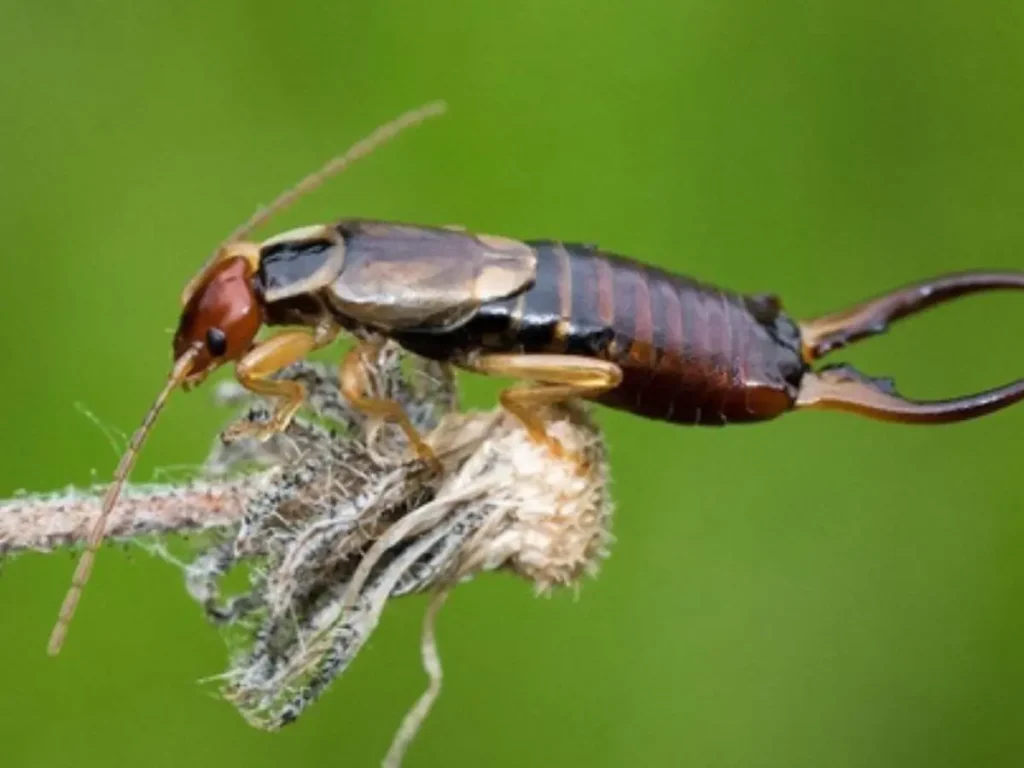
And if you’re finding earwigs in your home, here’s how to keep them away:
Seal Cracks and Gaps: Look around windows and doors for drafts and fill them with caulking or weatherstripping.
Keep home dry: Since your home is stirring up the earwigs’ appetites by maintaining a damp environment, use dehumidifiers in spots like the basement or kitchen. Moreover, just keep them out of indoor pools and bathroom areas. Ensure that there is no standing water in your house.
Utilize Traps: Place earwig traps outside on entry points, such as where doorways meet windowsills, to catch them before they enter the home.
Shallow Container Traps: Shallow dishes with soapy water or vegetable oil can be set where earwigs are present. They will slink into the containers and get stuck.
Sticky Tape: Stick double-sided sticky tape around doors or windowsills to catch earwigs attempting to invade your home.
Vacuum: If you find earwigs inside, vacuum to remove them. Make sure to dispose of the vacuum bag or empty the container outdoors.
Conclusion:
Earwigs may seem unwelcome in your yard, but you can get rid of them by acting early and using the correct methods. Prevention is best, so make sure to check your lawn from time to time and keep it dry and healthy. With the right strategy, you’ll be able to eliminate those earwigs — and their destruction — completely.
FAQ’s
Earwigs rarely bite people. However, earwigs can pinch if threatened, but their “bite” isn’t painful.
Yes, you can keep earwings out of your house by reducing moisture. For this purpose, you can use dehumidifiers and repair any water leaks.
Earwigs can be removed by using traps such as damp newspaper rolls or shallow containers of soapy water. Moreover, diatomaceous earth can also be an effective, immediate method for drying them out.
Pincher bugs are just another name for earwigs. You can use the same methods for getting rid of them: diatomaceous earth, traps, and reducing lawn moisture
